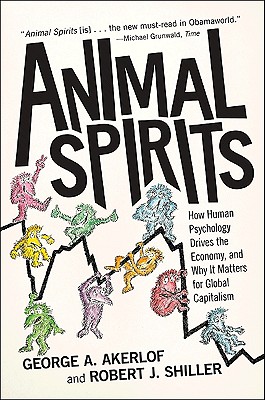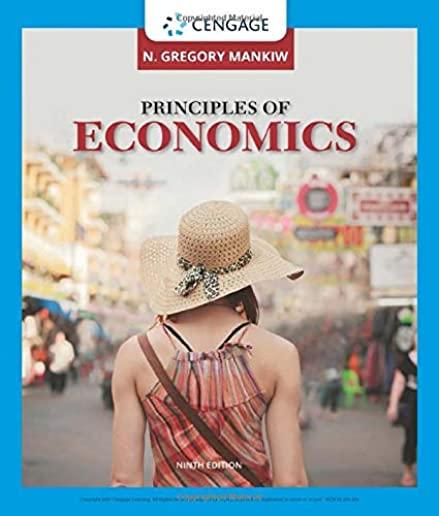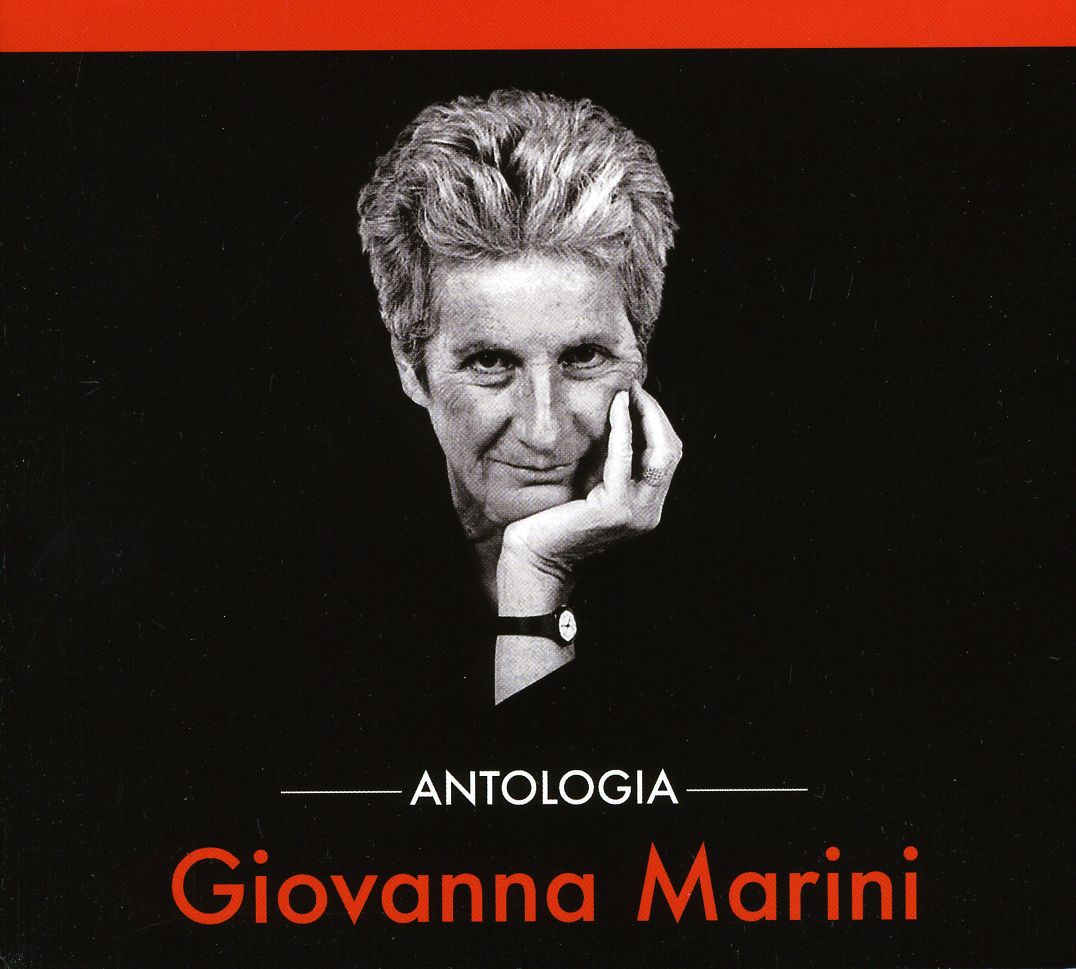
description
t the economic framework established by Smith and Coase is very useful in describing and explaining many facts in the real world.Smith's logic in the Wealth of Nations is simply the following: the extent of market transactions→division of stock→division of labor→economic growth. The logic of Coase in the Coase Theorem is that 'the delimitation of rights is an essential prelude to market transactions.' The logic of these two great economists can therefore be combined in a comprehensive way: delimitation of rights→the extent of market transactions→division of stock→division of labor→economic growth to the author calls this comprehensive version the Smith-Coase framework in economics.This framework will be repeatedly used in this book to explain various economic problems such as the law of demand, growth and development, monetary theory and policy, among others. According to Lucas, the approach of this book is classical because it 'makes no use of utility theory, ' and because 'a household is truly a 'small factory'' à la Becker; household production function approach will be used to study the behavior of consumers.This makes the substitution structure of production the focus of this book. We view all economic agents as following the least cost principle, meaning that they would try to produce the goods and services they need by using factors of production in the least costly way. But there are at least four factors: labor, capital, land, and organization if we would like to accept the definition of Marshall. What economic agents will do is to substitute one factor for another in order to save the cost of production. The ease of substitution between various factors is therefore important for determining the shape of the substitution structure of production. Based on the principle of least cost, a simple mathematical model will be derived and used to explain various economic problems.
member goods
No member items were found under this heading.
Return Policy
All sales are final
Shipping
No special shipping considerations available.
Shipping fees determined at checkout.







